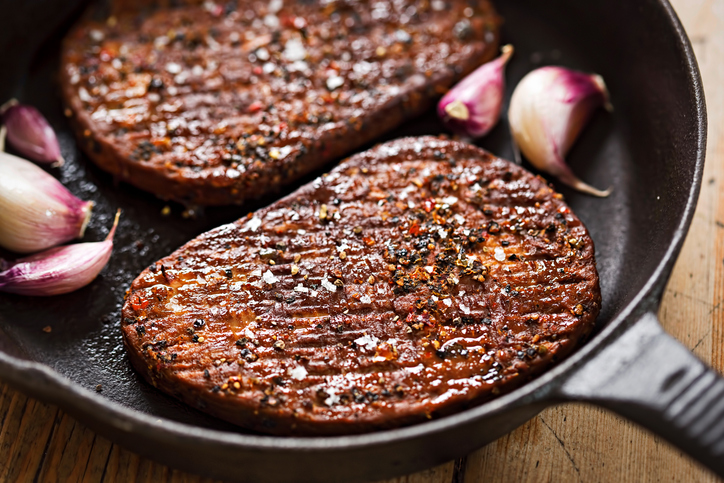Feeding your body certain foods may help keep your system strong.
If you’re trying to find ways to stop colds, the flu, and other infections, your initiative should be a visit to your local grocery. Plan your meals to incorporate these 15 powerful system boosters.
No supplement will cure or prevent disease.
With the 2019 coronavirus COVID-19 pandemic, it’s especially important to know that no supplement, diet, or other lifestyle modification aside from physical distancing, also referred to as social distancing, and proper hygiene practices can protect you from COVID-19.
Currently, no research supports the utilization of any supplement to guard against COVID-19 specifically.
Citrus Foods
Most people turn straight to vitamin C after they’ve caught a chilly. That’s because it helps build up your system.
Vitamin C is assumed to extend the assembly of white blood cells, which are key to fighting infections.
Almost all citrus fruits are high in vitamin C. With such a spread to settle on from, it’s easy to feature a squeeze of this vitamin to any meal.
Popular citrus fruits include:
grapefruit
oranges
clementines
tangerines
lemons
limes
Because your body doesn’t produce or store it, you would like daily vitamin C for continued health. The recommended daily amount for many adults is:
75 mg for ladies
90 mg for men
If you decide for supplements, avoid taking quite 2,000 milligrams (mg) each day.
Also confine mind that while vitamin C might assist you to get over a chilly quicker, there’s no evidence yet that it’s effective against the new coronavirus, SARS-CoV-2.
Red Bell peppers
If you think that citrus fruits have the foremost vitamin C of any fruit or vegetable, re-evaluate. Ounce for ounce, red bell peppers contain almost 3 times the maximum amount vitamin C (127 mg trusted Source) as a Florida orange (45 mgTrusted Source). They’re also an upscale source of beta carotene.
Besides boosting your system, vitamin C may assist you maintain healthy skin. Beta carotene, which your body converts into vitamin A, helps keep your eyes and skin healthy.
Broccoli
Broccoli is supercharged with vitamins and minerals. full of vitamins A, C, and E, also as fiber and lots of other antioxidants, broccoli is one among the healthiest vegetables you’ll place on your plate.
The key to keeping its power intact is to cook it as little as possible — or better yet, not in the least. ResearchTrusted Source has shown that steaming is that the best thanks to keeping more nutrients within the food.
Garlic
Garlic is found in almost every cuisine within the world. It adds a touch zing to food and it’s a must-have for your health.
Early civilizations recognized their value in fighting infections. Garlic can also hamper the hardening of the arteries, and there’s weak evidence that it helps lower vital signs.
Garlic’s immune-boosting properties seem to return from an important concentration of sulfur-containing compounds, like allicin.
Ginger
Ginger is another ingredient much address after getting sick. Ginger may help decrease inflammation, which may help reduce pharyngitis and inflammatory illnesses. Ginger may help with nausea also.
While it’s utilized in many sweet desserts, ginger packs some heat within the sort of gingerol, a relative of capsaicin.
Ginger can also decrease chronic paint rusted Source and might even possess cholesterol-lowering properties Trusted Source.
Spinach
Spinach made our list not simply because it’s rich in vitamin C — it’s also full of numerous antioxidants and beta carotene, which can both increase the infection-fighting ability of our immune systems.
Similar to broccoli, spinach is healthiest when it’s cooked as little as possible in order that it retains its nutrients. However, light cooking makes it easier to soak up vitamin A and allows other nutrients to be released from ethanedioic acid, an antinutrient. inspect some spinach recipes here.
Yogurts
Look for yogurts that have the phrase “live and active cultures” printed on the label, like Greek yogurt. These cultures may stimulate your system to assist fight diseases.
Try to get plain yogurts instead of the type that are flavored and loaded with sugar. you’ll sweeten plain yogurt yourself with healthy fruits and a drizzle of honey instead.
Yogurt also can be an excellent source of vitamin D, so attempt to select brands fortified with this vitamin. vitamin D helps regulate the system and is assumed to spice up our body’s natural defenses against diseases.
Clinical trials are even within the works to review its possible effects on COVID-19.
Almonds
When it involves preventing and fighting off colds, vitamin E tends to require a backseat to vitamin C. However, this powerful antioxidant is vital to a healthy system.
It’s a vitamin, which suggests it requires the presence of fat to be absorbed properly. Nuts, like almonds, are full of the vitamin and even have healthy fats.
Adults only need about 15 mg of vitamin E every day. A half-cup serving of almonds, which is about 46 whole, shelled almonds, provides around 100 percent trusted Source of the recommended daily amount.
Sunflower seeds
Sunflower seeds are filled with nutrients, including phosphorous, magnesium, and vitamins B-6 and E.
Vitamin E is vital in regulating and maintaining system function. Other foods with high amounts of vitamin E include avocados and dark leafy greens.
Sunflower seeds also are incredibly high in selenium. Just 1 ounce contains nearly half rusted Source the selenium that the typical adult needs daily. a spread of studies, mostly performed on animals, have checked out its potential to combat viral infections like swine influenza (H1N1).
Turmeric
You may know turmeric as a key ingredient in many curries. This bright yellow, bitter spice has also been used for years as an anti-inflammatory in treating both osteoarthritis and atrophic arthritis.
ResearchTrusted Source shows that prime concentrations of curcumin, which provide turmeric its distinctive color, can help decrease exercise-induced muscle damage. Curcumin has promise as an immune booster (based on findings from animal studies) and an antiviral. More research is required.

 Counseling Amore: Nurturing Relationships Through Expert Guidance
Counseling Amore: Nurturing Relationships Through Expert Guidance  Video Projector Rental: Elevate Your Event with High-Quality Visuals
Video Projector Rental: Elevate Your Event with High-Quality Visuals  Malaga Wedding Venues: A Guide to Your Dream Destination Wedding
Malaga Wedding Venues: A Guide to Your Dream Destination Wedding  The Benefits and Importance of Pressure Washing in Fife
The Benefits and Importance of Pressure Washing in Fife 


